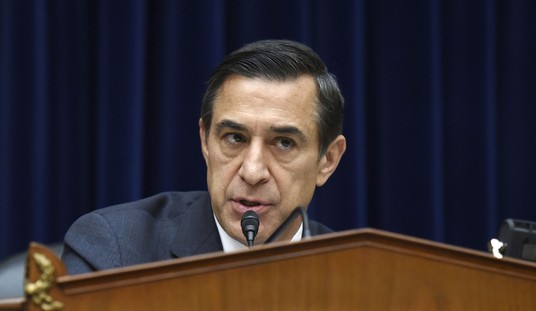Everyone who's ever been on the lookout for a good deal knows that price is one thing, but value is another. Cheaper isn't always better; some things that cost more are worth it.
That's especially true when it comes to medical treatment, where "one size fits all" and "cheaper is better" are very bad models. Sure, research studies can effectively answer the question of how the average person will respond to a particular course of treatment. But you can only obtain such an average by measuring individual responses, which vary tremendously.
The "best" treatment for a particular patient can't be determined by a cost-benefit comparison. Doctors must look for what works best for the unique circumstances of a particular person. In the best-case scenario, it may take only one try to find an effective treatment. But often, whether the diagnosis is depression, diabetes, or late-stage pancreatic cancer, the process requires as much patience as it does expertise. Above all, it requires options.
Later this spring, the medical community will be reminded just how precarious health care options are in this country right now. That's when the National Institutes of Health will release the initial results of a National Eye Institute head-to-head study of the drugs Lucentis and Avastin as treatments for an eye condition known as advanced macular degeneration (AMD).
AMD occurs when blood vessels behind the retina grow under the macula, leak blood and fluid, and ultimately, if left untreated, result in rapid and permanent blindness. Nearly 2 million Americans suffer from AMD-related vision impairment, with an additional 7 million at an increased risk for future impairment.
Recommended
At present, Lucentis, which has been FDA-approved since 2006, costs approximately $2,500 per patient per dose and makes up 40 percent of all AMD prescriptions. Avastin, though FDA-approved for treating several cancers, does not have the agency's approval to treat AMD. It costs just $50 per dose per patient and is prescribed "off-label" to roughly the remaining 60 percent of AMD sufferers, who usually have to pay for it out-of-pocket because insurers won't cover drugs for unapproved uses. Lucentis and Avastin were both developed by Genentech, a division of pharmaceutical giant Roche.
A little over three years ago, the National Eye Institute announced that 47 vision research centers across the country would jointly conduct a clinical trial of 1,200 patients to test the safety and effectiveness of both Lucentis and Avastin for the treatment of AMD.
Why, exactly?
Because with a $2,000-plus price differential, the federal government -- and by extension, Medicare -- would love nothing more than to have indisputable scientific proof on its side to sway doctors to prescribe the much cheaper Avastin. With Obamacare's various mandates and programs burdening an already strained and expensive health care system, it's a sure bet that corners will start being cut to save money where possible.
The dangerous precedent this study creates is for the gradual integration of a government-enforced cheaper-is-better principle in health care. Even if Lucentis and Avastin are shown in the NEI study to be identical in their safety and effectiveness, no doctor would claim that's true in each and every individual case. The average results will be the headline conclusion in the executive summary, but for some patients, it will inevitably be the case that, for whatever reason, Lucentis -- or Avastin -- is a better choice.
It isn't in the best interest of any doctor to cavalierly opt for Lucentis if Avastin will work just as effectively. But it's all too easy to imagine Medicare slapping a "fail first" policy on Lucentis - in other words, coverage for the pricier drug only gets green-lighted for a patient if Avastin is ineffective. A "fail first" policy would strong-arm doctors into choosing Avastin even if they believe a patient would respond better to Lucentis.
Such a course may be cheaper. But the real cost is in value for patients, who deserve access to the highest quality care available -- not simply those treatments that offer the biggest bang for the insurer's or the government's buck.

























Join the conversation as a VIP Member